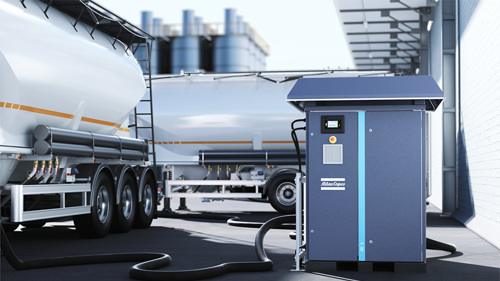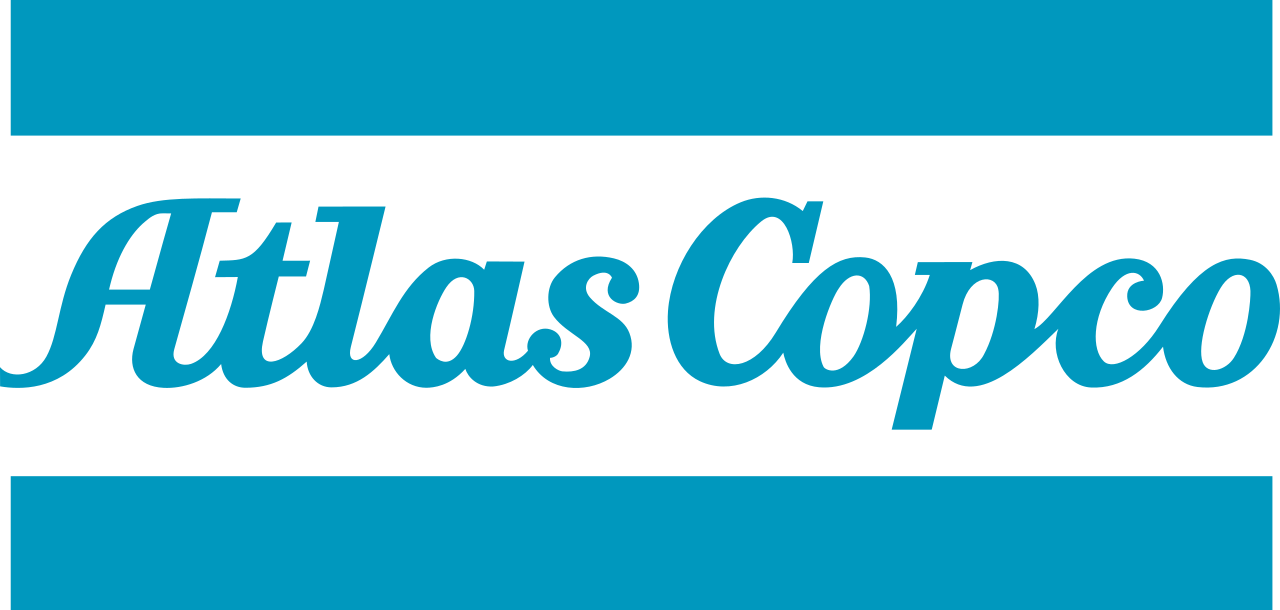Choosing the most suitable systems and components for conveying can have a significant impact on operational performance – guaranteeing product quality, avoiding blockages and reducing costs
Pneumatic conveying is a tried and trusted means of transferring powders, granules and dry bulk around manufacturing and process environments. Subsequently, it is used in an incredibly diverse range of industrial applications. Whether flour in bakeries, grain in breweries or chemical compounds in pharmaceutical plants, pneumatic conveying represents a flexible and cost-effective solution for transporting materials to their required destination.
But selecting the right pneumatic conveying equipment can be challenging, with many considerations coming into play. For example, what type of substance is being handled? The size, weight and type of material can significantly affect the flow and pressure required. Also, are the goods being conveyed for human consumption or as a constituent part of a pharmaceutical product? If so, rigorous quality standards will define the purity of the compressed air that can be used. Meanwhile, other factors such as energy and safety are also critical considerations that must be fully understood.
The principles of pneumatic conveying
Before evaluating the selection criteria in greater detail, it is worth looking at the basic principles of pneumatic conveying and how materials can be moved. Pneumatic conveying uses compressed air to transport materials through enclosed pipelines in places like manufacturing and industrial plants using different air pressures. This process can be achieved in two distinct ways.
Pressure conveying, or positive conveying as it is also known, deploys the compressed air from a compressor or blower at the start-point to ‘push’ the material through the pipeline. This method provides a particularly efficient way of covering larger distances. Meanwhile, vacuum or negative conveying uses compressed air to ‘suck’ the bulk material through the pipeline, with the compressor or blower positioned at the endpoint. One benefit is that there is no contact between the compressed air and the material being transported – and hence no contamination – and the product is not exposed to the heat generated in the air compression process. However, the distance that can be covered by vacuum conveying is more limited than by pressure conveying.
Within these two fundamental approaches, there are three phases of pneumatic conveying – dilute, dense, and transient. These phases relate to how different materials move through the pipelines.
Firstly, there is the dilute phase, where a blower or low-pressure compressor is used to send the material through the pipeline as though it is floating without any of it accumulating at the bottom of that pipeline. The dilute phase allows the material to be moved with an air pressure of up to 2.5 bar and at high speed and is a great way to transport a large volume of material quickly.
Secondly, in the dense phase, the material is pushed (or sucked in the case of negative conveying) through the pipeline. That means it moves more slowly and requires higher pressure, usually above 2.5 bar. The dense phase is, therefore, more complex, expensive, and requires more energy. Finally, the transient phase is between the dilute and dense phases. Some material is ‘flying’ through the pipeline, and some are moved along the sides - again, impacting pressure requirements.
These phases are critical because powders, granules and dry bulk come in various forms with varying compositions. By fully understanding the make-up of the specific material – whether flour, sand, sugar, grain, plastic, cement, or fly ash - it is possible to select the correct technical specification for the pneumatic conveying system, ensuring it is rightsized for the task at hand. Getting the selection right can guarantee product quality, avoid blockages, minimise the risk of combustion, and reduce operating costs.

Choosing the right equipment
Once the primary material for transportation is identified and its composition fully understood, it is time to select the required compressed air components for the pneumatic conveying system. This process involves a grasp of how blowers, aftercoolers, dryers, and filters work together to optimum effect.
The starting point is the blower or compressor. As previously mentioned, dilute phase conveying is a low-pressure application requiring only an air pressure of 2.5 bar or less. On the other hand, a higher pressure would be required for dense–phase conveying, but sometimes this can still be met by a low-pressure compressor. Indeed, this is an area where many organisations make costly mistakes. Oversizing the compressor or blower will increase initial capital outlay and will result in higher energy usage over time, hurting the bottom line. It is, therefore, crucial to request accurate sizing from an equipment supplier before selecting the type of compressor.
Blowers and compressors also come in many different types. These include oil-free lobe blowers, oil-free screw blowers, oil-free claw blowers, oil-free screw compressors, and oil-injected screw compressors. Again, each type of equipment offers its performance, size, and cost benefits. Oil-free configuration is a critical specification for the food and beverage sector because it reduces the risk of compressed air contamination. This technology ensures that no oil used as a lubricant can enter the airflow and contaminate the food being pneumatically conveyed.
Then there are ancillary components to be considered. Aftercoolers protect pneumatic systems by keeping the air temperature below a specific limit. This factor is significant when conveying products that could be burned, such as sugar, or combusted, such as grains. In addition, some organisations might also be subject to local and national safety standards for high explosion-risk areas or processes. Here, the compressed air must be kept below a specific temperature to avoid combustion. While some compressors have integrated aftercoolers, blowers generally do not, so they must be installed separately. To meet this requirement, air-cooled and water-cooled aftercoolers are available – but an additional consideration comes into play. If a water-cooled model is selected, there might also be a need for a chiller, which lowers the temperature of the cooling water to a consistent level.
Finally, there are water separators or dryers. A by-product of using aftercoolers is moisture which can diminish the quality of the product being conveyed. A water separator will remove moisture before it can cause any harm. Most integrated aftercoolers come with a water separator. Dryers can also get rid of moisture but are seldom used in this type of process.
Seeking a one-stop-shop supplier
It is clear, then, that pneumatic conveying can provide a reliable, flexible, and cost-effective means of transferring a broad range of powders, granules and dry bulk around manufacturing and process environments. It is a tried and trusted technology that has stood the test of time. But understanding the composition of the material being transported and how that impacts the performance requirements of the pneumatic system are vital considerations. When choosing the right compressed air components, the sum is often bigger than its parts. Getting the whole package from a single supplier makes sense, with all components designed to work together. This one-stop-shop approach minimises compatibility, integration, and installation issues while increasing operational efficiency and providing maintenance savings over time.
Atlas Copco has many years of experience providing pneumatic conveying systems across sectors such as food, beverage, pharmaceuticals, pulp, paper, cement, and more. Its in-house knowledge and expertise can help engineers determine the rightsized solution for the pneumatic conveying process – whatever the application.












Simulations show Optimal Design for Bladeless Wind Turbines
"an 80cm mast" Really? I'm short but that's only half my height! Do they mean 800cm?